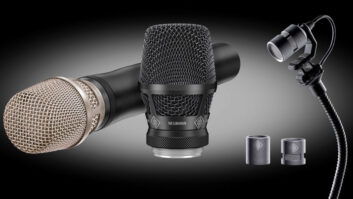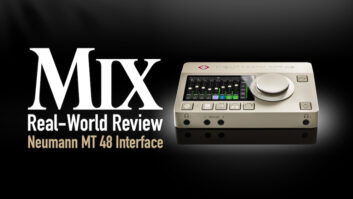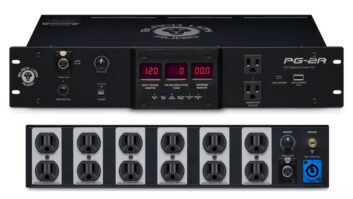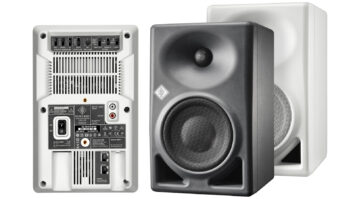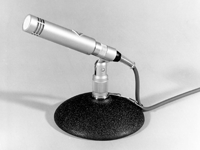
Phantom power is nothing new; in fact, the concept hails back to the early days of telegraph and telephone technology when it was discovered that low voltages for carbon mics, ringers and buzzers could be run down a two-conductor signal line. Originally, there was no need for phantom power in the audio industry, where the choice was dynamic or ribbon mics (which require no powering) or tube mics, which typically draw high currents that are inappropriate for phantom powering. With the advent of transistor-based condensers, the alternative to an external power supply was battery powering or the 12-volt AB power system (sometimes called T-powering) developed by Hamburg’s NWDR Labs.
Neumann’s first mic with AB powering was the 1965 KTM, but the company’s engineers were not impressed with the 12V system. In 1966, Neumann launched the renowned 48V powered KM 83/84/85 condensers (now the KM 183/184/185 line), and with no voltage potential between the two conductors — hence the name “phantom” — the system could withstand shorts, polarity reverses and connection to dynamic mics without damage. The KM 80 Series mics were a hit, the 48V standard was adopted throughout the industry and, today, 48V phantom power makes life a little easier for thousands of audio engineers.


